Stone Love: The North East Icons to Know About

We have so many iconic stone structures in the North East - some ancient, some not so old, some famous landmarks synonymous with our region, others less well known - but we love them all
Dunstanburgh Castle
One of the most atmospheric castles in England, building began at Dunstanburgh in 1313 under Thomas, Earl of Lancaster, although he only ever visited once. Its name derives from ‘the fort’ (burgh) of the town (Dun) by the rock (stan). Reputedly haunted by Sir Guy the Seeker, who was sheltering from a storm when he came across a sleeping noble lady who he tried in vain to rescue, his first attempt was unsuccessful but, it’s said, he never gave up trying to find her. Too large and too expensive to maintain, the castle was already in decline by the end of the 15th century, but Dunstanburgh’s dramatic ruins, now home to a thriving seabird colony, have inspired many famous artists such as JMW Turner, Sir Walter Scott and JRR Tolkien.
Newcastle Cathedral
For more than 900 years, Newcastle Cathedral, originally the Parish Church of St Nicholas, has been at the heart of Newcastle as a place of worship and community. Internally, the Cathedral contains one of the largest collections of monuments and ledger stones in northern England, and a stunning medieval font. Externally, it has one of the finest lantern towers, built in 1448 by merchant Robert Rhodes and his wife Alice. Used as a navigation point for ships on the River Tyne, it was almost destroyed by Scottish soldiers during the Siege of Newcastle in 1644 and was only saved by the canny Mayor of Newcastle, who imprisoned Scottish soldiers in the tower to prevent its destruction. Newcastle Cathedral is also the only cathedral in England to ring a full peal (a non-stop sequence of more than 5,000 changes which lasts around three hours).
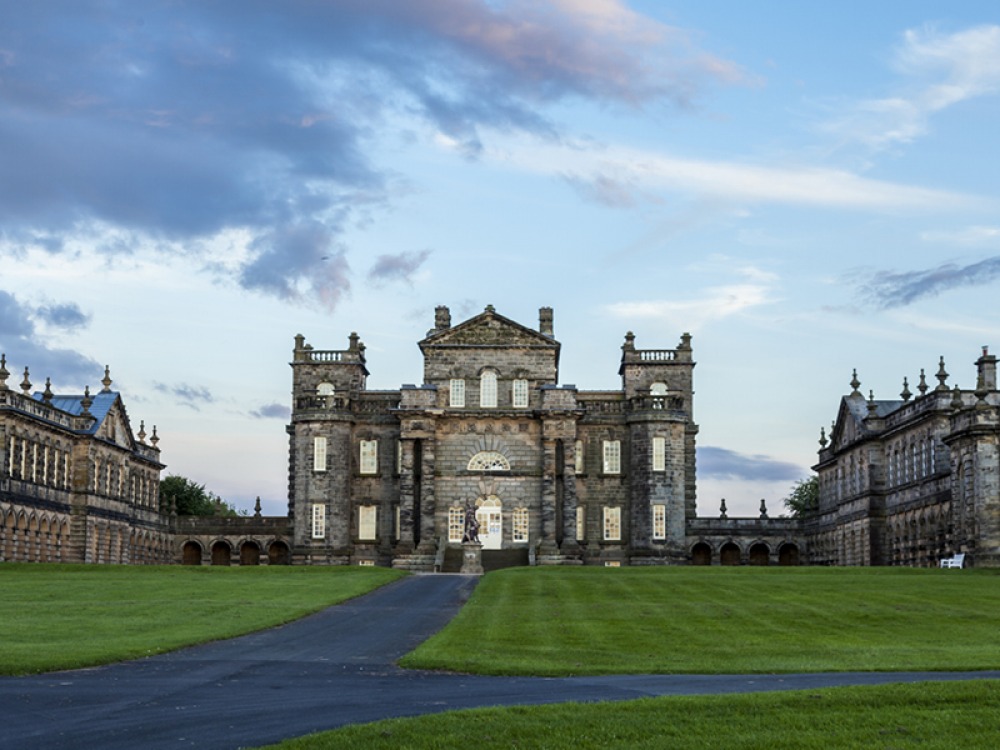
Seaton Delaval
Made famous by the gay Delavals who were notorious for playing tricks on their guests, this magnificent baronial hall was designed by famous architect Sir John Vanbrugh who also designed Blenheim Palace and Castle Howard. In the early 18th century Seaton Delaval Hall would become known as a place of fun, flamboyance and drama. Captain Francis Blake Delaval and his wife Rhoda moved into the Hall in 1728 and over the next 20 years produced 12 children – it was during this period that the Delavals gained a reputation for outrageous behaviour. Guests would retire to their bedrooms and, while they were undressing, mechanical hoists would suddenly raise the bedroom walls, exposing them to public view. In one bedroom, there was a four-poster bed which could be lowered, complete with occupants, into a tank of cold water by winding a handle in the room next door. In another room, drunken guests would be put to bed in the dark and wake in the morning to find themselves lying on the ceiling. The room was completely inverted, the chairs and tables were stuck to the ceiling, and the chandelier was in the middle of the floor. In the 18th century (perhaps the most notorious Delaval), Sir Francis Blake Delaval was a gambler and socialiser. Marrying for money, he spent a fortune (£1,500) on hiring Drury Lane Theatre to stage Othello and cast his family in all the leading parts. Needless to say it was a flop, and he died in obscurity.
Duddo Five Stones
The stones which make up the Duddo Five Stones are made of soft sandstone and lie just south of the Scottish Border. Deeply weathered since their erection in the early Bronze Age, there were in fact four stones until 1903, when a fifth was added to improve the skyline!

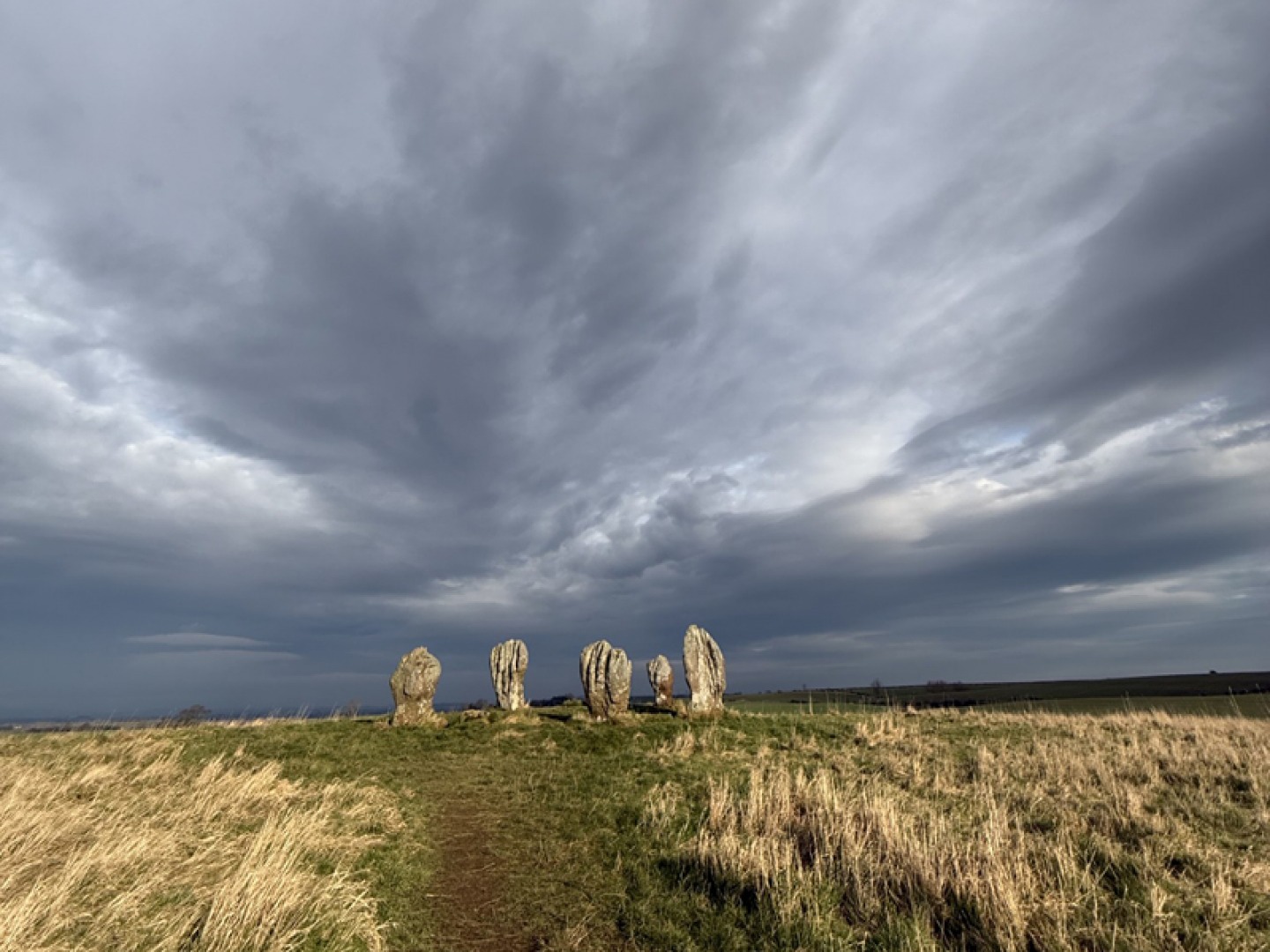
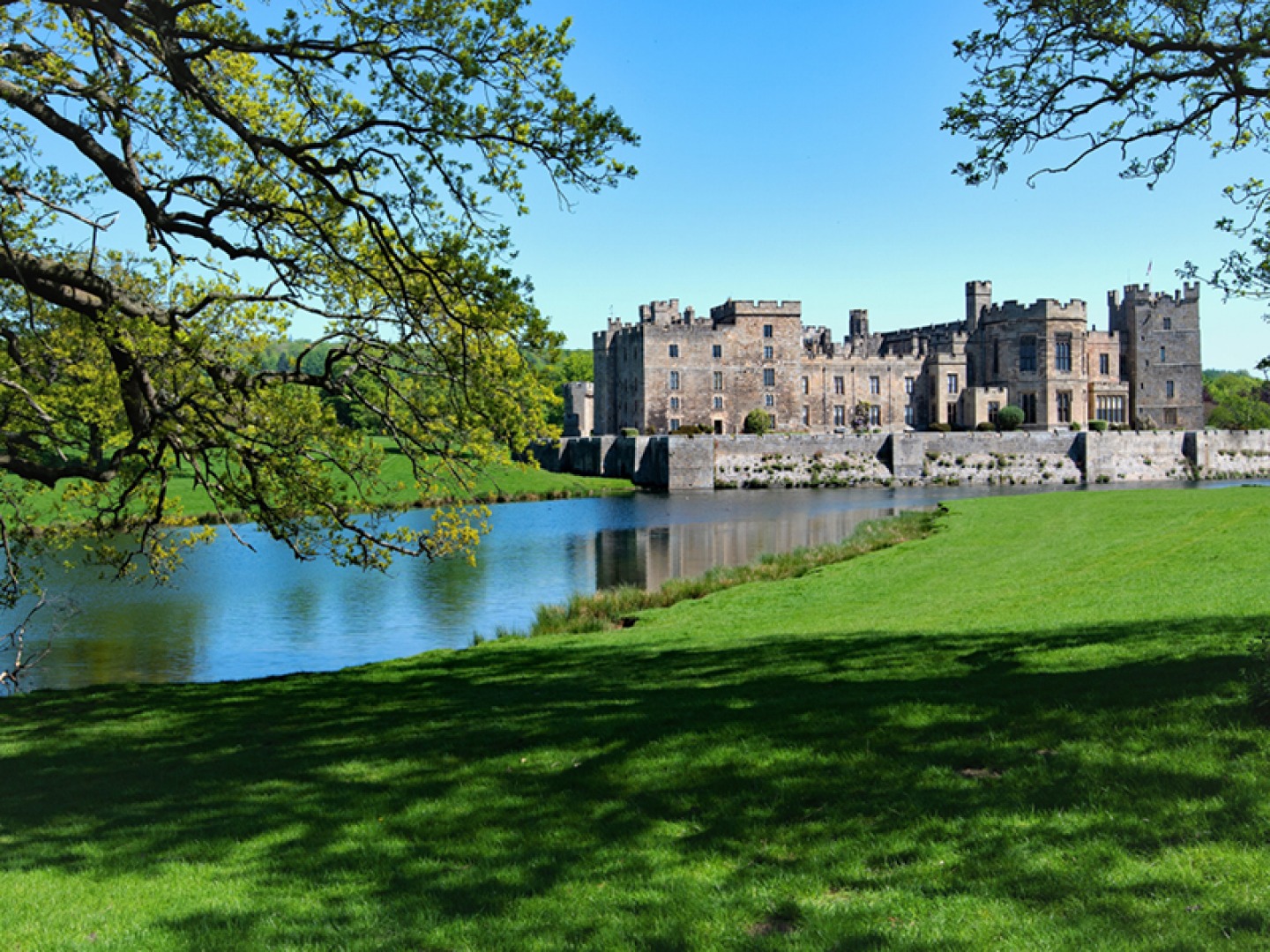
Raby Castle
The name derives from the original Viking settlement of Rabi built by the infamous King Cnut in the 11th century. Raby Castle was built in the 14th century by the very powerful Neville family and was home to Cecily Neville, who remarkably became mother to not one, but two kings of England; Edward IV and Richard III. The Nevilles lost Raby following their role in the ill-fated Rising of the North. Bought by Sir Henry Vane in 1626, the castle remains in the Vane family today and as you would imagine with a building of such history, there are reports of many hauntings, including by the ghost of Charles Neville, 6th Earl of Westmorland, who has been spotted on the staircase and in the Baron’s Hall where he met with the Percy Family to plan the Rising of the North in 1569. His ghost is said to be pretty angry – probably for having lost his lands, title, and castle. Old Lady Barnard has been seen roaming the castle corridors at night and knitting with white-hot knitting needles, apparently seething over her son Gilbert marrying against her wishes. The ghosts share their home with famous works of art including old masters and family portraits by Giordano, Van Dyck, Sir Joshua Reynolds and Sir Alfred Munnings, among others.

Belsay Hall
Regarded as the first British country house to be built entirely in the new Greek Style, Belsay Hall is all the more remarkable when you consider that neither Sir Charles Monk nor his close associates had any architectural training, but were simply inspired by Sir Charles’ travels in Greece and Italy. The impressive 30-acre Grade I-listed gardens, also inspired by his travels, include a fascinating, jurassic-style Quarry Garden cut out of rock which has its very own micro climate, allowing exotic plants to flourish.
Penshaw Monument
Made of gritstone ashlar, and originally held together by steel pins and brackets, this famous folly landmark was built as a memorial to the first Earl of Durham, John George Lambton MP aka Radical Jack. Designed by Newcastle-based father and son architects John and Benjamin Green, and built by Thomas Pratt of Sunderland, the Grade I-listed monument is a half-size replica of the Temple of Hephaestus in Athens. Around £6,000 was raised by public subscription but the money ran out before the roof and inside walls could be added. You can still climb the 76 steps inside one of the columns for the most spectacular panoramic views.
Hadrian’s Wall
Stretching from coast to coast and spanning three modern-day counties, Hadrian’s Wall was part of the north-western frontier of the Roman Empire for almost 300 years. But it’s not just a wall. Taking 15,000 men more than six years to build, the wall is fronted by a deep ditch and along the wall were turrets, small forts known as milecastles and larger forts to house the garrisons. The wall also manages to be 73, 80 and 84 miles long all at the same time! A Roman unit of distance was the mille passum, which translates literally as ‘thousand paces’. A pace was five Roman feet, meaning a Roman mile measured 5,000 feet, making Hadrian’s Wall 80 miles long. The ‘modern’ mile was standardised in 1593 as eight furlongs, or 5,280 feet. (A furlong was the distance a team of oxen could plough in a day – roughly 660 feet.) Modern miles are therefore longer than Roman ones, so Hadrian’s Wall is 73 modern miles long. The Hadrian’s Wall Path National Trail however, connecting Bowness-on-Solway in the west with Wallsend in the east, adds an extra 11 miles, ending up at 84 modern miles. Surprisingly, most of this iconic wall actually remains in private ownership and Housesteads, when it came up for auction in 1929, didn’t make its reserve price so was withdrawn from sale.
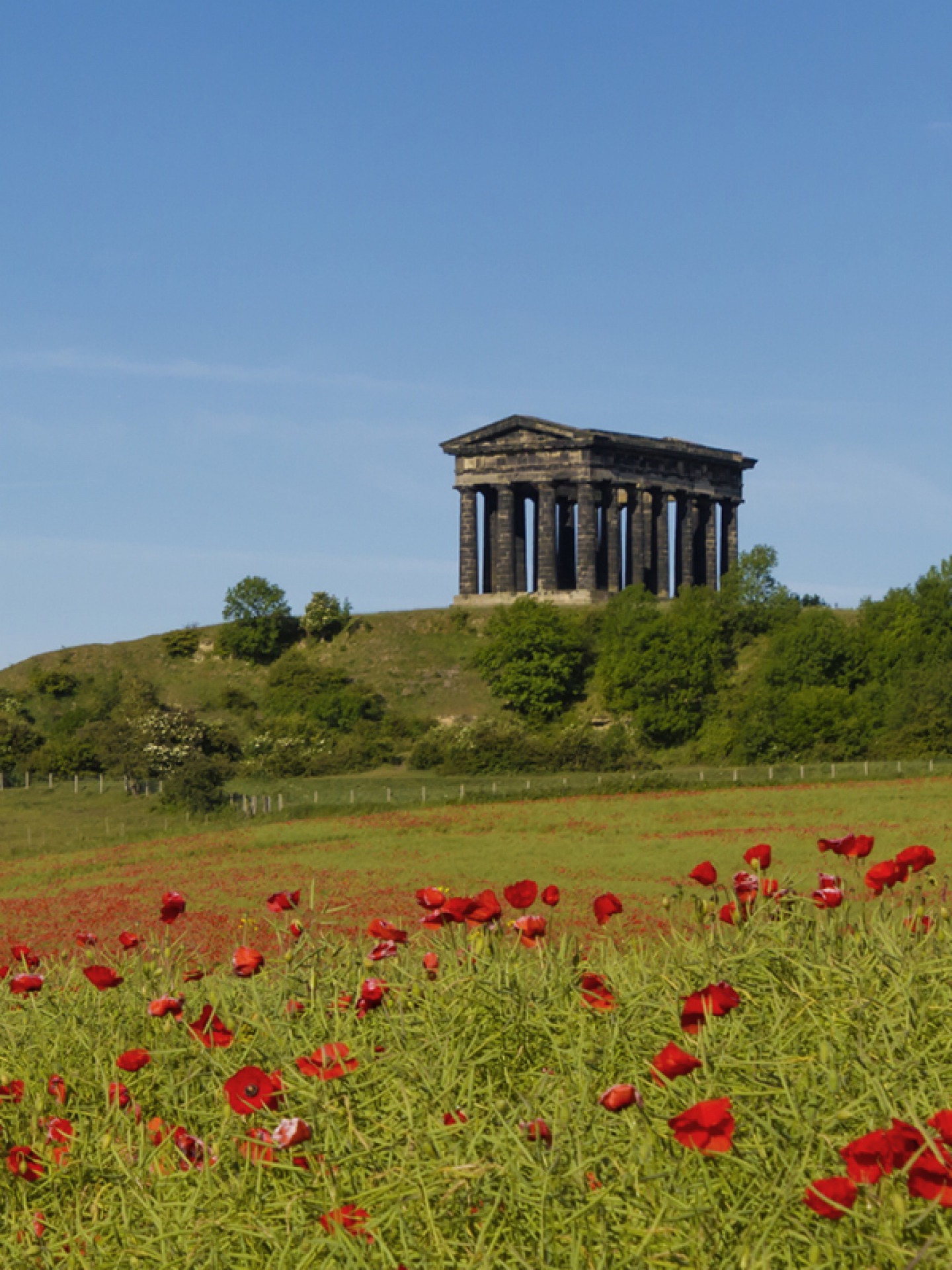
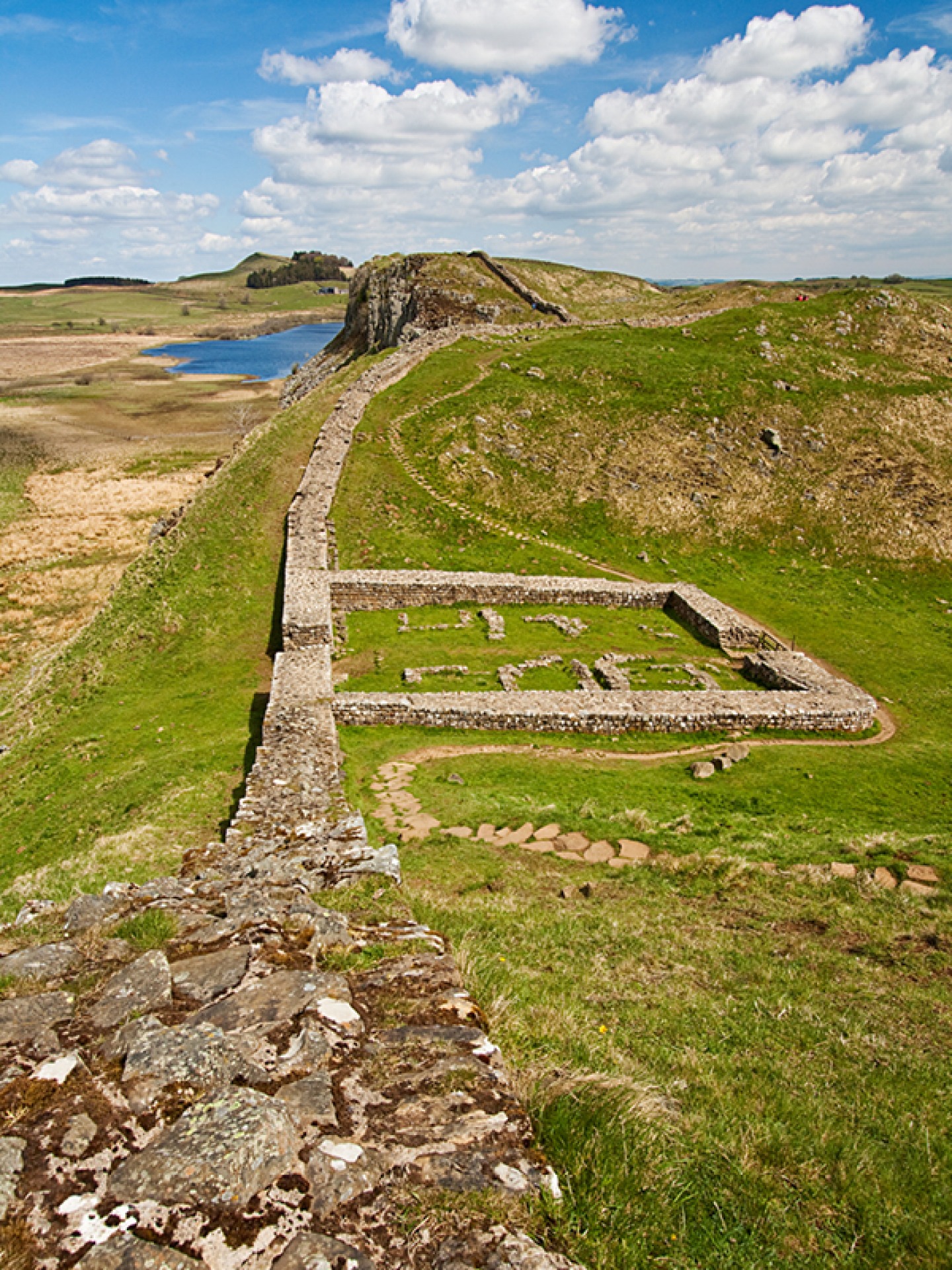
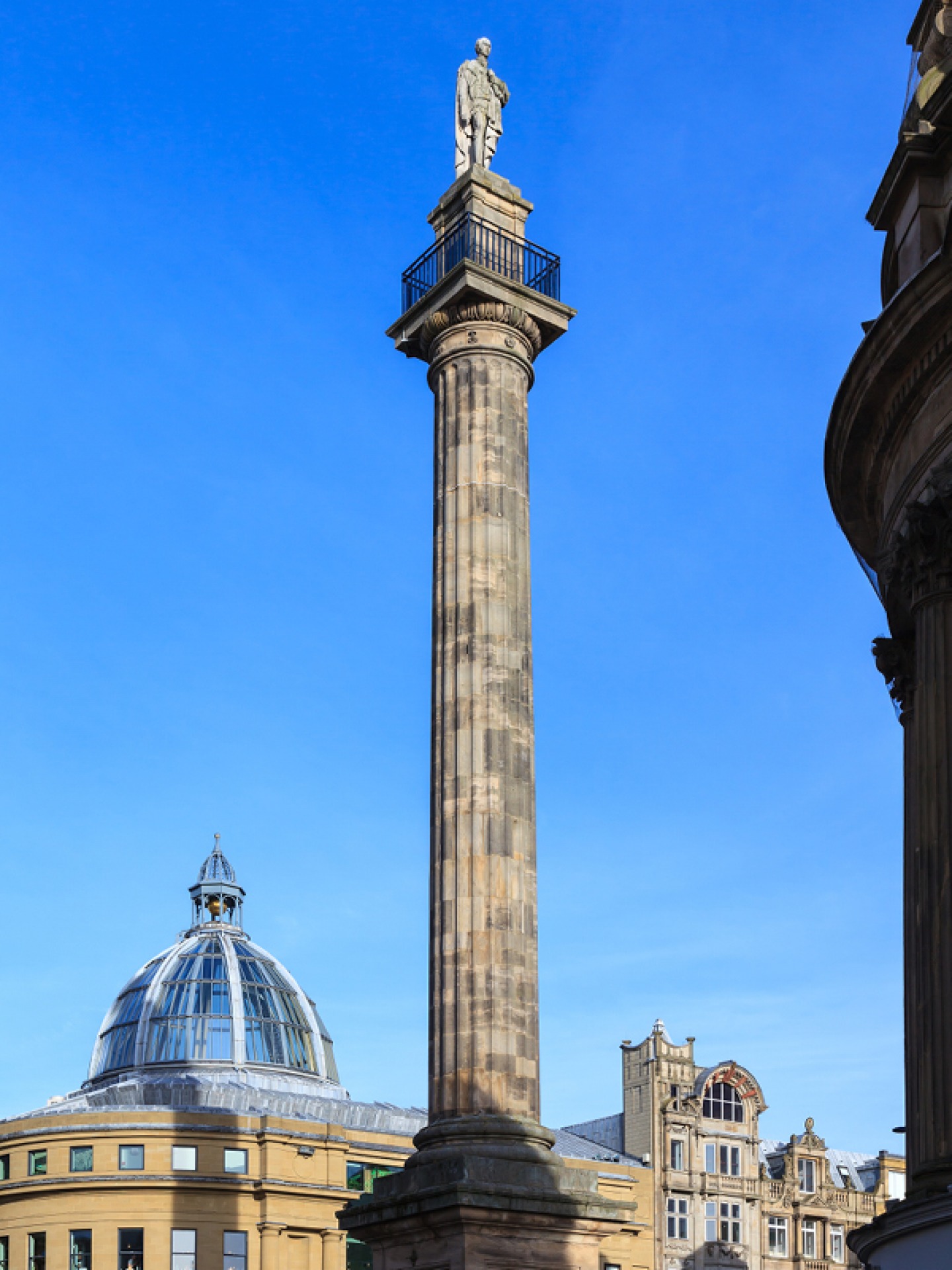
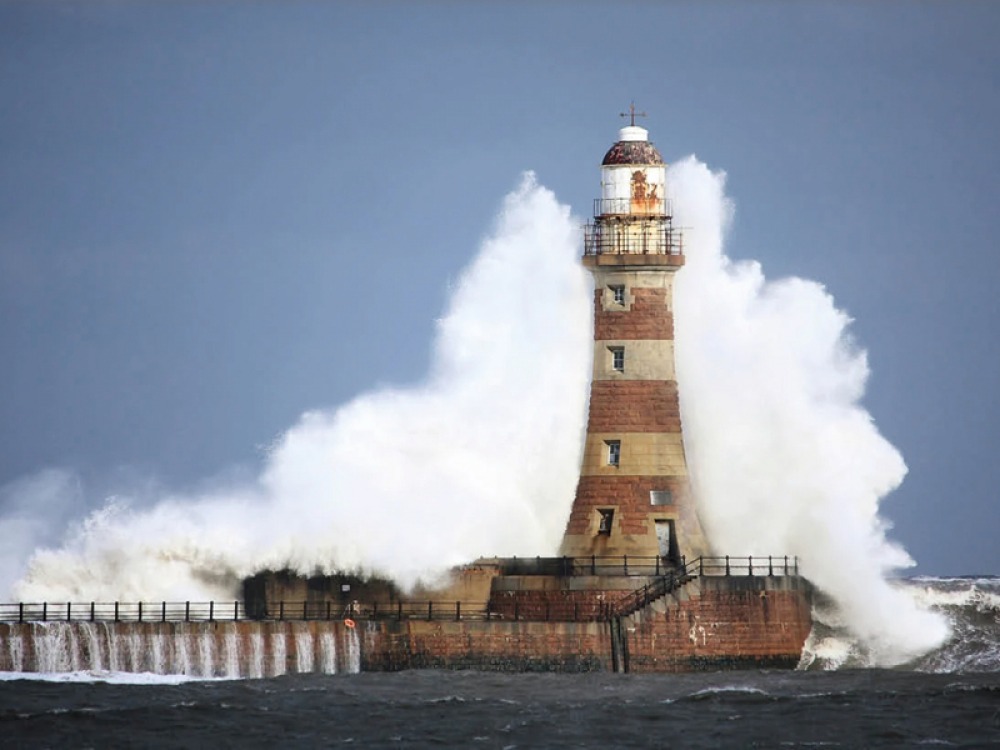
Grey’s Monument
The iconic city centre monument dedicated to Earl Grey was erected to celebrate the passing of the Reform Act 1832 in which he was instrumental, although he didn’t attend the monument’s unveiling. It was intended to be 150 feet high, but they couldn’t raise enough money so the column only reaches 134 feet, and for a time was considerably shorter as in 1941, a bolt of lightening took Earl Grey’s head off – it wasn’t replaced until 1948!
Roker Lighthouse and Pier
The pier took 17 years to build, the lighthouse only one, but it still stands as a proud guardian of Sunderland’s harbour and the older inner harbour after more than 120 years. The work of Henry Hay Wake, and deemed a ‘triumph of engineering’ the aesthetically pleasing curve of the cast concrete pier hides a Victorian tunnel beneath, used for gas and water, supplies, and also for the lighthouse keepers to walk through when bad weather made the pier above too dangerous. Inside the iconic red and white hooped structure (each stripe represents a different floor) you’ll find wood panelling, parquet flooring and specially commissioned ceramic tiles, which all made this lighthouse unlike any other of its time.
The Wellington Monument
The Duke of Wellington was a regular visitor to the 3rd Marquess of Londonderry’s home at Wynyard Hall and in 1827, the marquess built a 127-foot obelisk in the grounds of Wynyard in the Duke’s honour. The inscription read: ‘Wellington, friend of Londonderry’. Rumour has it that Wellington had confessed in private that ‘he was not particularly partial to Londonderry’ and in 1828, when Londonderry wasn’t given a place in Wellington’s cabinet, the message was altered to, simply say ‘Wellington’.
Bamburgh Castle
Bamburgh Castle’s history is well documented, but did you know that the castle on top of its volcanic crag (once the capital of Bernica) was left largely abandoned in the 16th and 17th centuries? It was then bought in 1704 by the Bishop of Durham, Lord Crewe. It became the headquarters of a charity which ran a free school, library and infirmary for the sick and poor. The castle also has its fair share of ghosts. Dr John Sharp, head of the Lord Crewe Trustees, led the castle’s reformation in the 18th century and loved it so much apparently he has never left… you might catch a glimpse of him wandering through the state rooms. Dr Sharp also set up the country’s first ever lifeboat station at Bamburgh Castle. Since 1894 the castle has been the family home of the Armstrongs and contains more than 3,000 historical items ranging from weapons to paintings and porcelain.
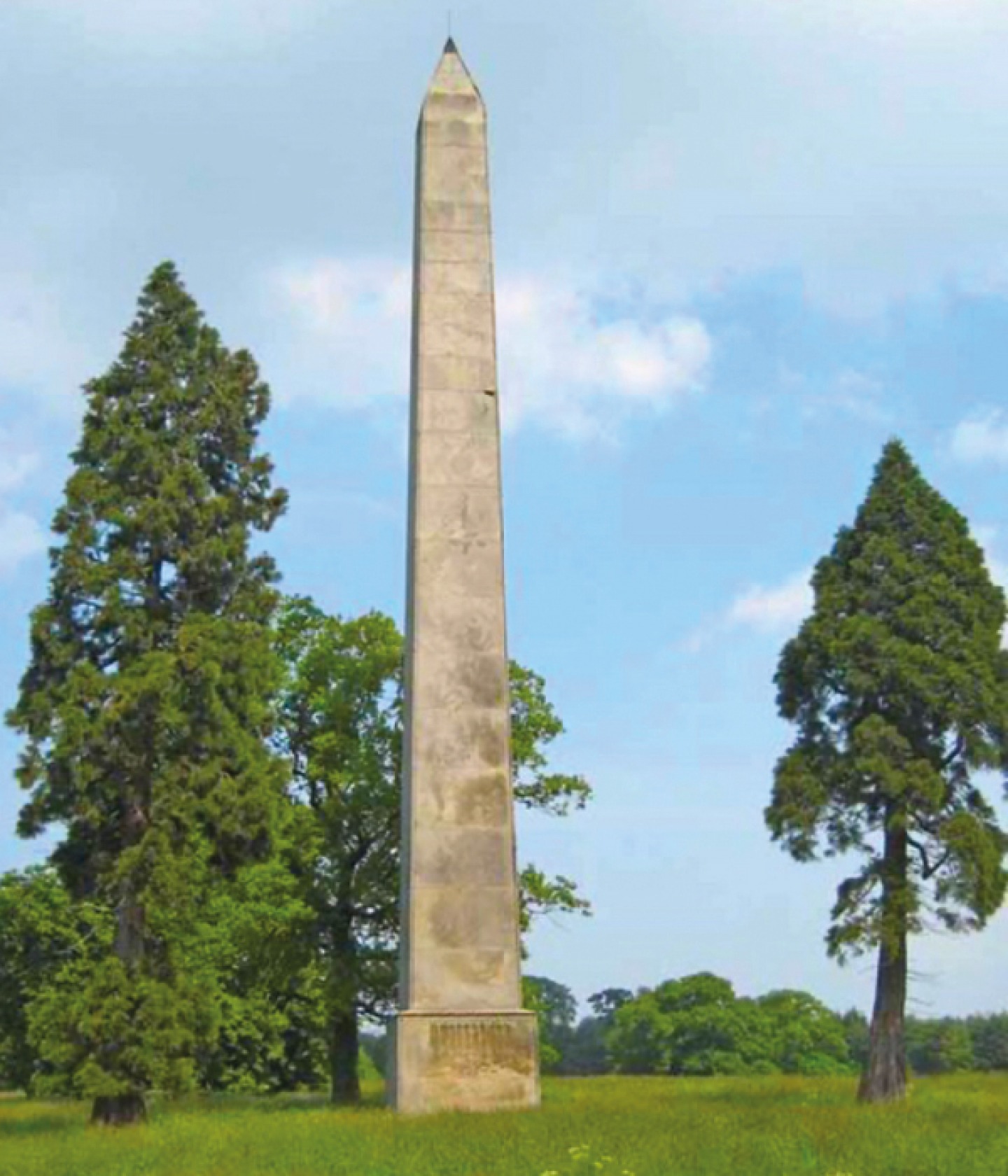
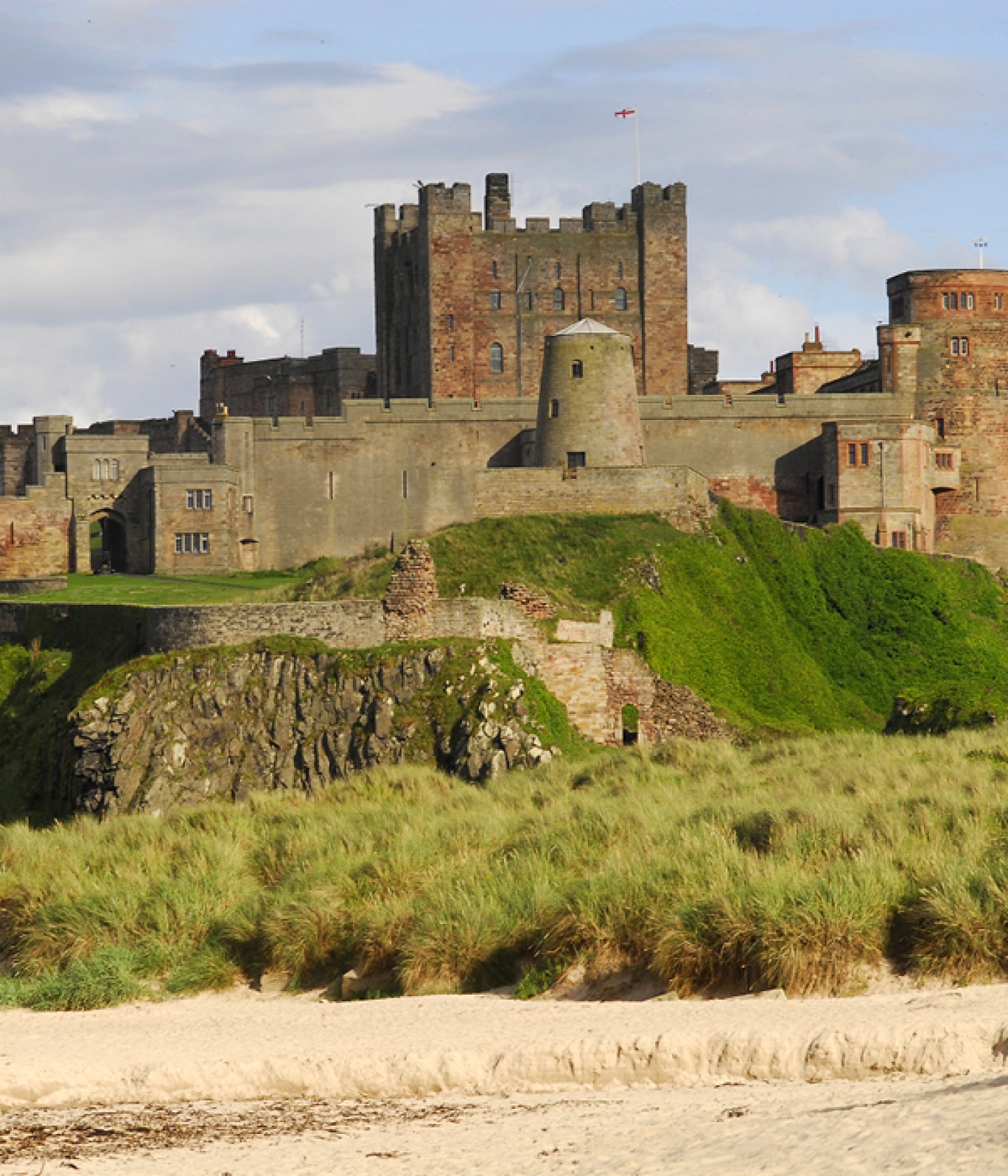

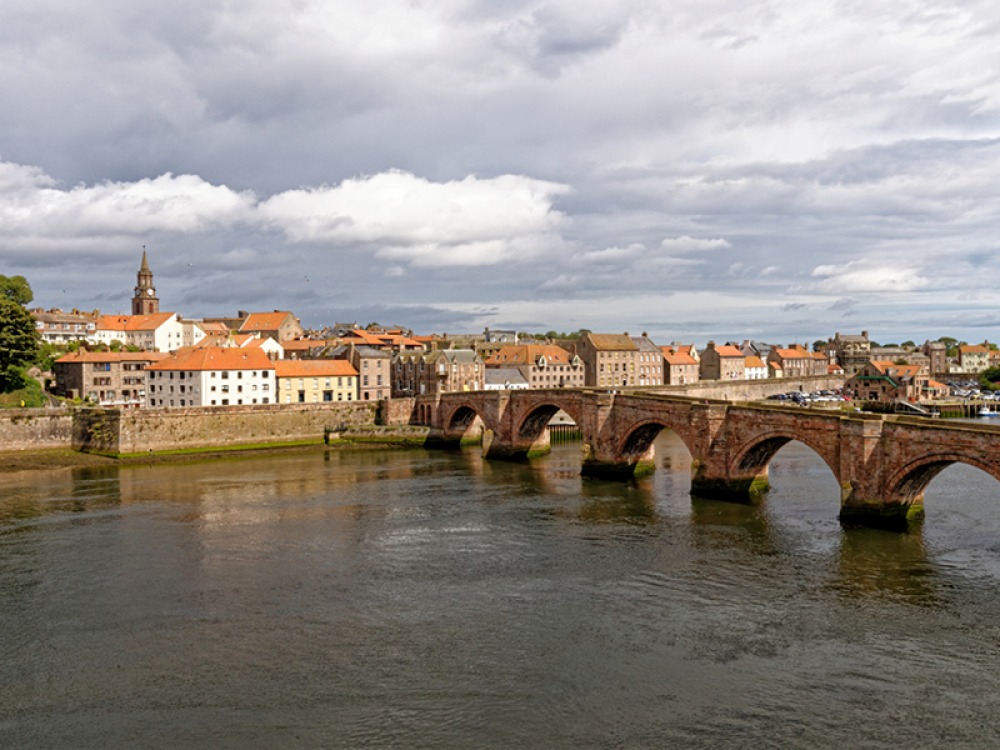
Ushaw
Once a secret religious community for training priests, hidden behind a row of beech trees and disguised as a Georgian country house, this stunning house, chapel and gardens near Durham boasts a chapel designed by Augustus Pugin, architect for the Houses of Parliament and the face of Big Ben. In fact much of the breathtaking design, architecture and craftsmanship on display at Ushaw is attributed to Augustus Pugin, his sons and grandsons. As things improved for Catholics during the 19th century, Ushaw expanded into a self-sustaining community with a working farm, infirmary, museum, lake and even a golf course. Along with the house and chapels, these are all part of Ushaw College which is now a centre for Catholic Scholarship and Heritage and home to fine art, rare books, sculpture and the original Pugin stained-glass windows and pews.
Berwick Old Bridge
Spanning the River Tweed, this Grade I-listed stone bridge was built between 1611 and 1624. It was actually bridge number eight to be built across the river, the others having been washed away, deliberately destroyed or, in the case of Henry VII’s wooden bridge built in 1492, having become too dilapidated to be of much use to traffic. When James VI crossed the existing wooden bridge on his way to be crowned James I of England, he was so upset by the state of the wooden crossing he immediately ordered (and paid for) a new bridge to be built. Red sandstone was used to build the arches but work was slow. It was eventually completed in 1624 at a substantial cost of £15,000 and at the time was the largest bridge in Britain at 355 metres long. The bridge boasts 15 arches in total, built on a foundation of oak piles bound with iron and 400 years later still carries traffic (one way) across the Tweed.







